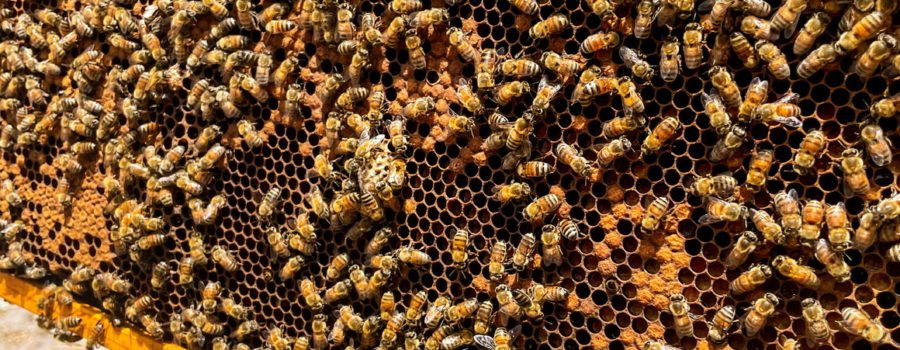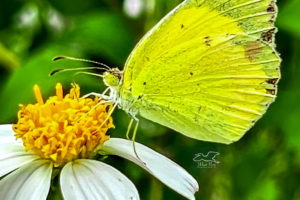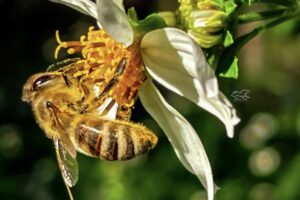Honey Bees are Incredible and Amazing

Last Saturday I was fortunate enough to get to participate in an absolutely amazing experience in dealing with honey bees. My friend Mary and her son, Lee, are beginning an organic honey business. Lee is the expert in bee keeping (he has worked with honey bees in the past) and he is teaching Mary the ropes. A few weeks ago Lee had brought up four hives of bees from south Florida and set them up to become established up here on Mary’s property. Last weekend he brought up five more hives, and I was lucky enough to get to go out and see how the hives are set up. I had never dealt with honey bees before, and I was both excited and a little nervous at once, but it turned out to be incredible! And it helped that Lee was very patient and is a good teacher!

We started off by getting dressed up in our bee suits. They kind of remind me of the Hazmat suits we have to wear when dealing with contagious diseases like salmonella, West Nile virus, and EEE or WEE. Like the Hazmat suits, they are hot! Especially on a hot afternoon in mid July! Once we were suited up, Lee began moving the hives one by one from their shipping hives into the bigger, multilayered permanent hives. I’m not really sure what I had pictured, but the hives were nothing like I thought they’d be. Each layer of each hive is made up of 10 framed slats with hundreds of little divots on each side for the queen bee to lay her eggs in. The workers will build up these divots with wax so that they can place a small drop of royal jelly in each one for the larval bees to eat after hatching.

In the bottom layer of each hive Lee had placed five brand new slats and then moved the five slats from the transport hives. Each one of the slats from the transport hive was covered with bees and you could see where they were building up the divots and you could see which ones held larvae and which ones still needed to be filled. There were also quite a few bees on the walls of the transport hive (each hive is basically a wooden box built to the right dimensions to contain the appropriate number of slats. There is a small opening at the bottom to let the bees come and go). With a small, soft brush, Lee brushed most of the bees left in the transport box into the new hive. He explained that the few that were still on the walls would find their new home by means of pheromones that are unique too each colony. As the bees begin to establish themselves in their new home they go outside, stick their back ends up in the air and beat their wings. That helps to distribute the pheromones into the air to tell stragglers where their colony is, and to warn others who are not members of the colony to go elsewhere.

Once the bottom layer of the new hive is set up, a vent-like structure goes over it in order to keep the queen down in that layer but allow the workers to go up. Then two more layers are added. Brand new slats are placed in each of those layers. The slats in the upper layers are where the worker bees deposit their reserves. It’s those reserves that will eventually be harvested for human consumption. Interestingly, the slats in the lower layer are black while the ones in the upper layers are white. The bees can see color and apparently understand that black is for eggs and white is for reserves. If you move slowly and carefully they also understand to get out of the way as you put the new layers on the hive. For insects, they seem to be pretty darned intelligent. They also have an amazingly complex social structure, which will be the subject for the second half of this post in next week’s veterinary medicine segment. Until then, keep your eyes open for our friends the bees!






Recent Comments